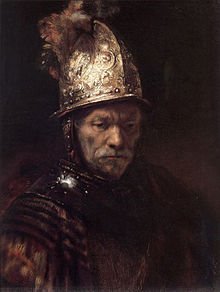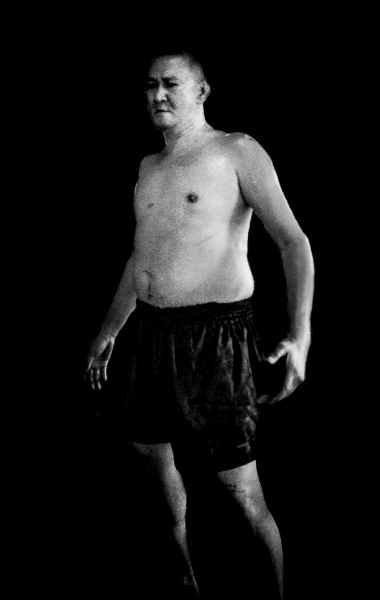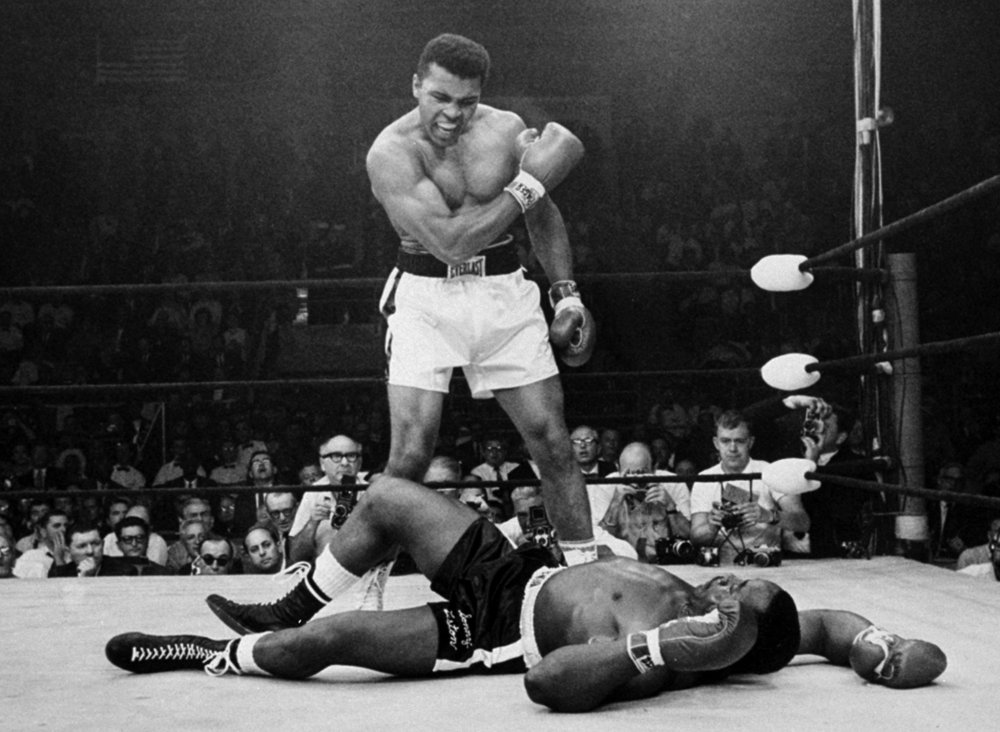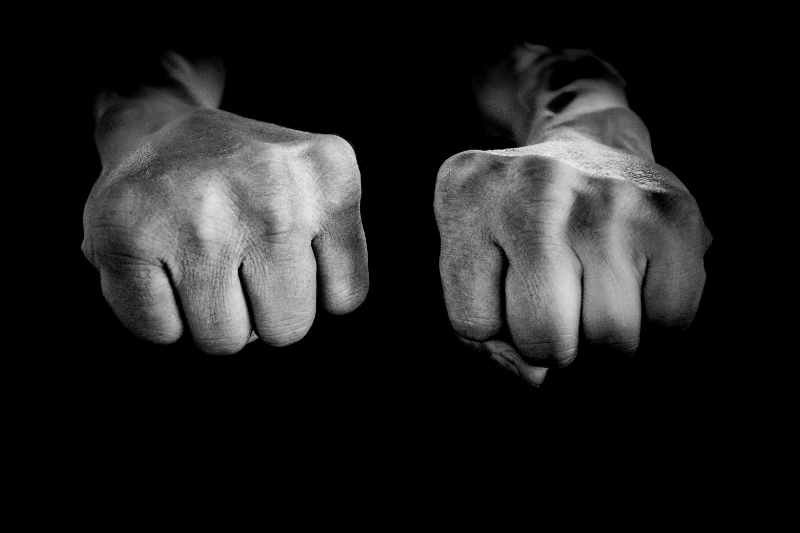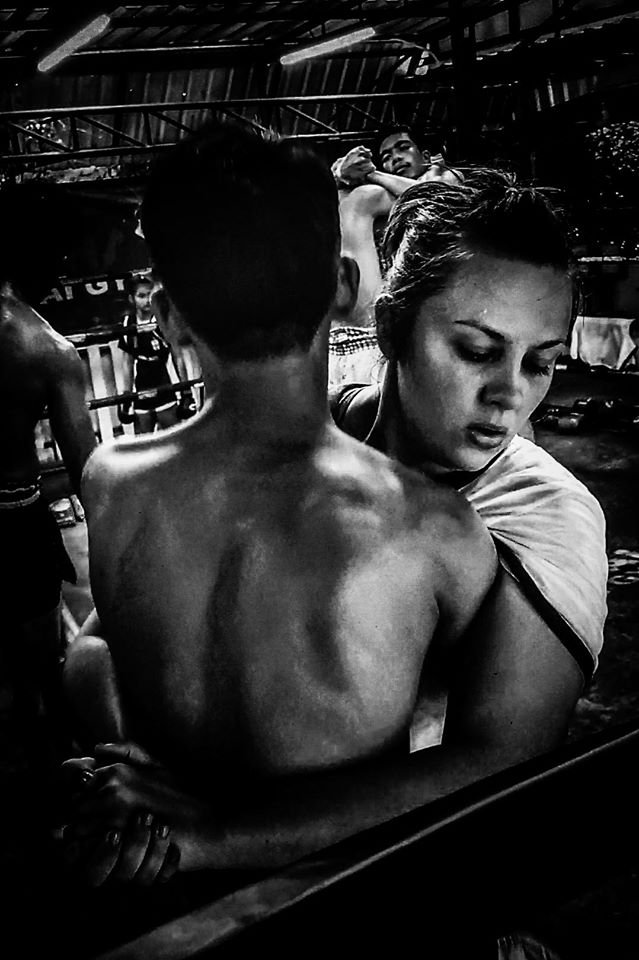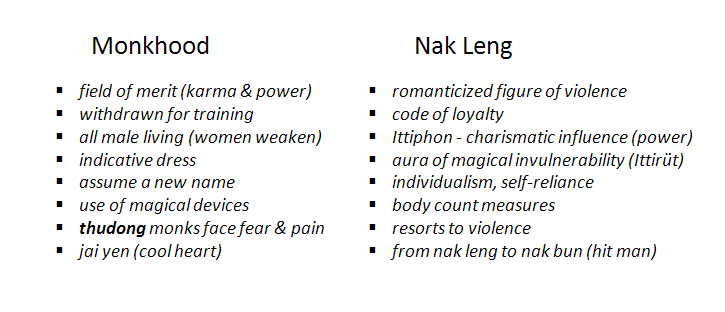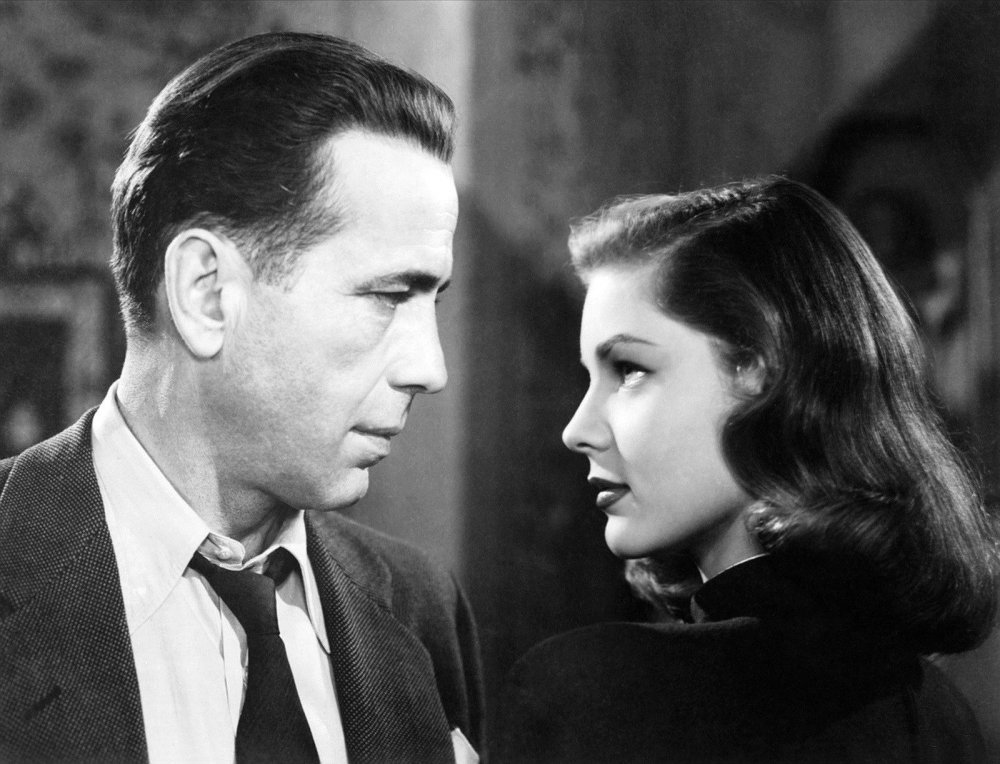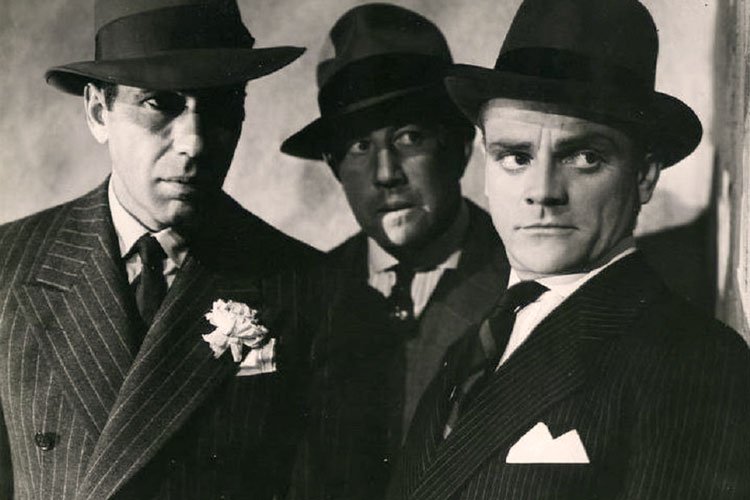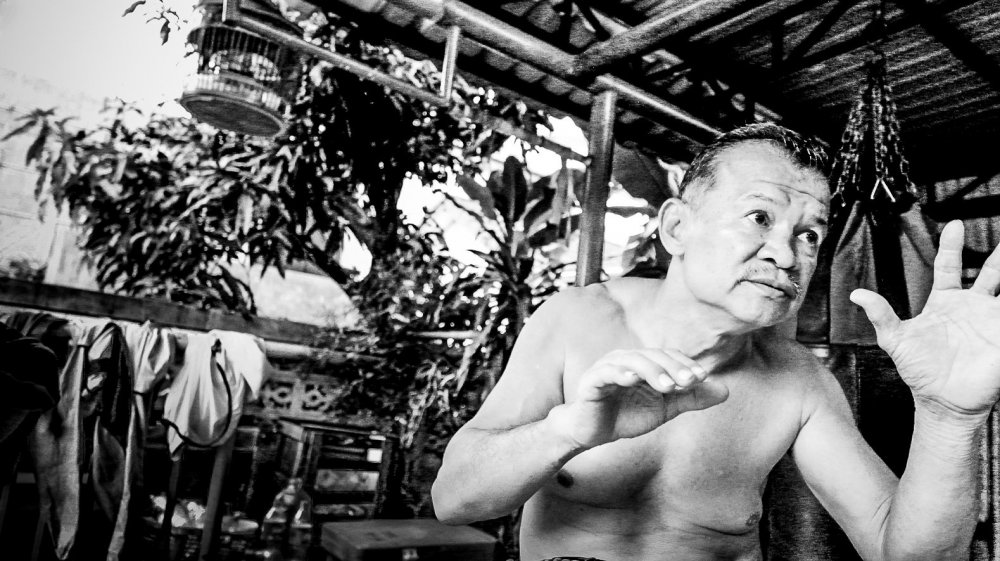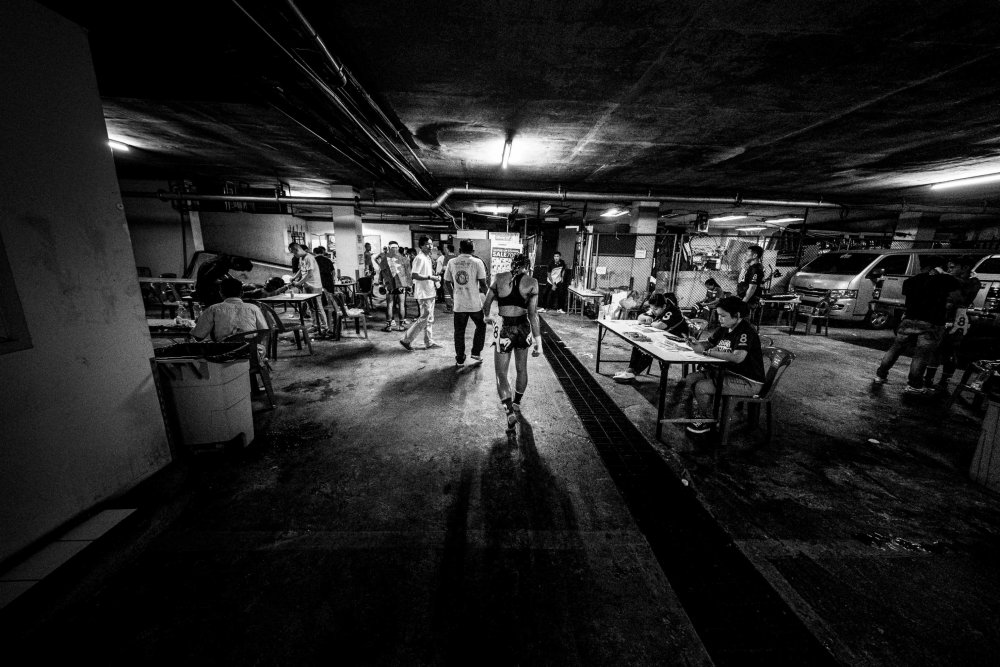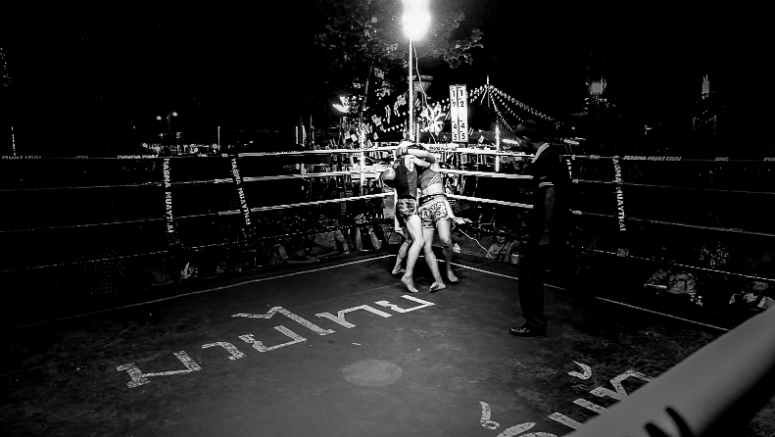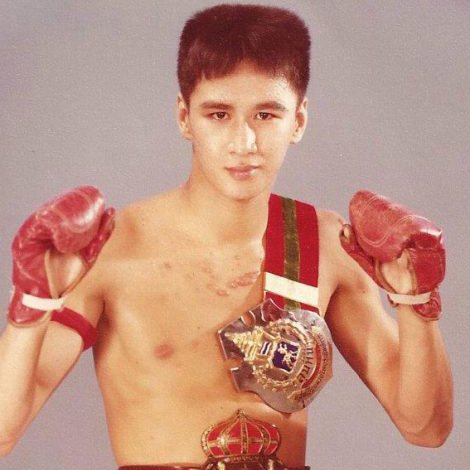-
Posts
2,152 -
Joined
-
Days Won
489
Everything posted by Kevin von Duuglas-Ittu
-
Rembrandt Light and the Metaphysics of Plotinus At least for me personally, there is an even historically older influence in the selection of Film Noir aesthetics, and even their root of German Expressionist film, and that is the very light directed painting of the Renaissance, maybe most typified by Rembrandt: And then in one of the most terribly beautiful paintings ever, Velazquez: Juan de Pareja (1606–1670) 1650 Fpr me, what is exquisite about these depictions is that the characters themselves do not contain their own light. It is as if, and in many paintings of this style, the light plucks them out from the darkness. The luminosity gives liberty or Being. This parallels the philosophy of the neo-Platonist Plotinus, who influenced the Philosophy of the day. It was Plotinus's argument that a thing only had Being (substance, reality) to the degree that it caught the light. The "light" was the illumination of the One, which shined on all things, and brought all things into Being. Not to get very esoteric, but the notion is that catching more of the light gave you substance. Turning into Being, gave you more reality. This framework is what I see in this form of lighting figures. You find this sort of theory more dynamically expressed in the 17th century philosopher Spinoza. This is where it gets more interesting, for me. Homeric descriptions, especially in the Iliad, had a somewhat Noir-ish capacity to cut-out figures of action in the world. The heroes of the epics were often reduced, or captured in the very actionability of their selves. They gained a certain reality through their ability to act. When they acted heroically this sometimes would be reflected in descriptions of their shine, their radiance, which in some sense communicated that they were catching or showing a bit of their divinity. The glinting of their selves. I think in this sense the western heroic epic holds the philosophy of Plotinus's glinting of Being (theorized centuries later). The warrior "catching light", and in that sense rising above the mortal and the mundane. I believe in some way Noir aesthetic captures of fighters, or Muay Thai, even as they partake in the aesthetics that derive from Rembrandt, communicates this transmutation, and Plontinus' argument that the more light you catch, the greater Being you have. In Homer, the hope of heroes was not only to "win", but to be sung by poets (thereby gaining a kind of immortality), catching more light in a sense. There is also the Spinozist expansion of Plotinus which is that the greater your ability to act, to move, dimensionally, the greater Being (or Reality) you had. In some ways the fighter, in the ring, is acting out some of the most primordial and essential metaphysical acts, and you could argue that a light and shadow dominant aesthetic like Noir is ideal for capturing and expressing that. I'm thinking something of these things for instance, in photos like this, where you can see the coming into Being, catching more "light" becoming extracted from the darkness.
-
Pink is definitely not a female color, at least not traditionally in the sense that we read it, boy/girl, but maybe it has some sense of flair. The Muay Femeu panache of elite starts like Samart, Karuhat and other very artful type fighters does carry with it I think some sense of the feminine, but maybe in the way that the artist, or the aristocrat has feminine overtones. With some elements of hyper-masculinity you can get transgressions into the feminine, for instance Hair Metal rock bands with scarves and mascara. I think the sense is that "I have so much masculinity, I have plenty to spare, and I'm not emasculated by these markers. The great, artful Muay Femeu masters of the age had something of that, like the singer or the movie star (as Samart was all 3). But, I'm not sure how much of that fits into Noir. I mean, Bogart definitely is counter-punctual to femininity in almost every way. Maybe as Noir became quotational we get closer to concepts of "cool" and its enactment, which then brings us more in the real of actress, pushed to the extreme maybe the masculinity of K-Pop boy bands? John Woo's intimacy between men, maybe there is something subversive to the Classic Noir structure, the way that opponents mirror and complete each other. It maybe partakes in that same sense that I had that the "opponent" holds the role of the femme fatale in the Noir universe. The alluring, and destructive other.
-
In a bizarre bit of Noir crossing, before director Martin Scorsese had produced his first hit, he approached Philip K. Dick for the rights to his Do Androids Dream of Electric Sheep, a year after it was published. Raging Bull would be made in 1980, Blade Runner in 1982. source Was he seeing Dick's work as a Noir film back in 1969? Godard had made the ground breaking Noir sci-fi film Alphaville in 1965. Trailer below:
-
Dana Hoey, an artist who I've had some preliminary discussion with before posting this, added this great comment on the possibilities of Muay Noir, bringing up Hong Kong Noir which is also a powerful inspiration source. If I'm not mistaken, the glorification of the hitman (maybe apexing with Meville's Le Samouraï) had a significant impact on the cultural figure of the Nakleng (gangster) in Thai culture, as cited in the Peter Vail article above (nakbun). Hong Kong cinema has exactly the quotational aspect of the hyper-cool. That's a super important point in the Muay Thai of Thailand. There is always the sense that masculinity is being performed, and that the qualities are being embodied and acted out. In the history of Noir, from Bogart on, masculinity is stylized. I think that makes another good argument why the stylization of Noir photography fits with Muay Thai portrayals. It encases stylization withing stylization, making it at home. Does Noir complicate, or produce an inordinate layer between the viewer and the Muay Thai subject? Or, does it act as a prism to clarify and focus the eye on those effort at "cool". I remember listening to Karuhat Sor. Supawan, a legend of the Golden Age, and a fighter who embodied cool, talk with Chatchai Sasakul, a WBC Champion, and also a fighter of the Golden Age. He was complaining that the Thai fighters of today no longer have charisma. Charisma was an essential component of the great fighting portrayals of the 1990s in Thailand. For him, and Chatchai who agreed, it simply was missing from contemporary Thai fighting. So, in some sense, as we add the Noir layer to Muay Thai photography we may be capturing the last bit of starlight, a vital aspect of the art, that already has dimmed in Time.
-
Especially that 2nd one, which is one of my favorite photos of yours for me. I've commented before how that metal riveting and the texture of his face create such an amazing rhyme. I also find it interesting that Classic Noir used great depth of field, but neo-Noir uses shallow depth of field (often) to further enhance the separation (alienation?) of the subject. Your is a perfect example of that isolation.
-
Test Case This photo is perhaps the most "Noir" photo of all that I've taken, maybe in the sense of just it's purity of elements, its closely hewn simplicity of subject and aesthetic. Now, as an experiment contemplate these fists in the context of the proposed Noir Universe: existential crisis self-destructive compulsion alienation feminine betrayal sexual thrills cost fated endings universe of moral ambiguity good intentions produce bad results Notice how the depiction of the fists fits within a moral/ethical direction. The hero/anti-hero is there, isolated in the moral ambiguity, the hyper-masculinity floating the black, delineated by the light. We can play all sorts of games of projecting values or moral interest onto images, and perhaps at many times they will stick, but the rough conceptual framework of Muay Noir, in terms of Noir Theory, does fit seamlessly with the work. btw, I should note you can purchase prints of this photo here (with 50% of the profit going to Sagat, a legendary Muay Thai fighter of the Golden Age).
-
The Ambiguity of the Female in Noir There is an obvious connection point between Classic Film Noir and Tech Noir, in the figure of the female or the feminine. Classically, the Noir hero is threatened by the lure of the femme fatale, whose powers of attraction are magical ("Any sufficiently advanced technology is indistinguishable from magic") and deadly. The femme fatale is a figure whose motives cannot be discerned, a character who operates by its own devices. This is modernized, or hyper-modernized in the figure of the fem-bot, an often highly sexualized version of femininity, who has powers that cannot be properly judged or anticipated, who operates with hidden motives and capabilities that cannot be resisted. They are one and the same figure brought forth in the two genres. The woman is "danger". This Muay Noir photowork by Emma Thomas really strikes me as powerful for any number of reasons, but first and foremost of which is how it captures the classic femme fatale sexuality in the context of training, without displacing it. She's mentioned to me that my own photography probably influenced her edits. There is a world of moral difficulty whenever inserting female sexuality in the male-coded Thai kaimuay, layers and threads everywhere. The traditional and the modernist projects collide, but this photo (go to the original posting here), for me, opens the door to the feminine figure that is buried in any Muay Noir juxtaposition. As a matter of sketching out the meaningful possibilities, what is the correlate to the female Noir figure in fighting? Who is the unpredictable, alluring, threatening, dangerous, surprisingly powerful, hyper-embodied "Other"? Clearly, the opponent. The feminine Other in fighting is all of the indiscernible, indecipherable qualities of your opponent. The cleanliness of technique, the unexpected powers, or motives, intentions, can rise to the android (mechanism / drives) in any of us. The automaton, is ultimately the thing that operates according it it's own laws [auto (self) nomy (law)]. Fighting, it might be argued, is the art of imposing your own law (rhythm, spacing, tempo), on the other. A completely, hermetically autonomous opponent would be, by logic, undefeatable (one of the fears of AI). Note: One of the most brilliant and subversive structural changes in the Tech Noir cannon is found in the Alita manga, where the subjective development of personhood unfolds in the figure of the female "bot", the locus of the usual projection of fantasy and fear. She starts out being given the literal body of a sex-worker (being discovered on a scrap heap, bodyless) by transplant, and passes through various bodies as vehicles and incarnations. This isn't to say that the figure of the female, if any, is found in a possible Muay Noir, necessarily. But it at least opens up that space for possible interpretation or inspiration. With my own subject matter including female Muay Thai, I find that within Muay Noir, and female fighter depictions there does lie the possibilities for syntheses or resolutions. For instance, as Dana Hoey hinted toward, there is something transcendent or transmuting about this photograph of the Thai female yodmuay Sawsing Sor. Sopit, between rounds, when put in the context of the femme or most Noir: It strikes me as a possible amalgam of the classic Noir pairing of the detective (fighter) and the girl (lure), the Brute and the Beauty:
-
Maybe it would be safe to say that what binds Classic Noir and Tech Noir is the morally ambiguous Universe (no clear heading or outcome (criminal underworld or the presence of evil in the former, the uncertain future and impact on technology in the later), AND the aesthetically/spatially isolated hero, or anti-hero, in such a universe, with an amplified focus on that tension. What does it mean for that matrix to be placed upon the Muay Thai of Thailand? The fighter in Thailand is a form of hyper-masculinity (for Thais: read Sylvie's Thai Masculinity: Postioning Nak Muay Between Monkhood and Nak Leng – Peter Vail.The fighter falls between the monk and the gangster. You can see this summation graphic: One can see how this positioning sits well within the Classic Film Noir framework. The ideological worlds overlap in several ways with the protagonists of Noir. The hyper-masculinity fits the Thai concept of the fighter. For westerners, who enjoy a kind of exoticization of Thai culture, or maybe even more importantly, a Blade Runner quality of experience in tourist center cities, one can see where Tech Noir elements comfortably might work to express, or negotiate that truth. We have a hyper-masculinity portrayed in a classic way, along with the accompanying alienation and allure of futuristic possibilities. At bottom it feels like we have an alienating, or at least delineating, morally ambiguous universe, supporting a hyper-masculinized protagonist narrative...a moral character cut out of space.
-
To any sense of nostalgia - a return to the 1950s, which does have parallels in Thailand in that much or some of the country does feel anchored in a conservative or traditional past - must also be added the influence of what is often called Tech Noir, which could be oversimplified as "everything that flowed from Blade Runner". The unique and beautiful way that cyberpunk, Japanese anime futures and overall alien-ness became grounded in a backwards facing Noir world. Yes, replicants are running about, but a 1950s gumshoe detective is on the case. The combination of the future alienation, and throw-back aesthetics has a deep and satisfying history in our culture, and there is a sort of sci-fi, Blade Runner experience to many ex-pat realities in Thailand, though these seem quite far from Muay Thai depictions which already turn back up on the real. The Real. But, there is in that Tech Noir history a powerful sense of figure depiction that could play a role in what we could be looking for in Muay Noir meanings. I recent read through the Japanese manga Battle Angel Alita (1993) and its connective books, and was terribly struck by the force of its action depictions, the cleanliness of the lines (Noir contains excessive contrast, purifying the subject) as well as the emotionality of its characters while in action. It is a Tech Noir work of art. btw, you can buy the digital version of the Alita manga here, highly recommended. The Guided View, cell-by-cell presentation is very cinematic The possibilities of Muay Noir seem to reside in the confluence of these two aesthetic traditions. There is the classic evocation of Film Noir, with it's Raging Bull-like call back to a time of clarity and figure bas-relief, perhaps set against a morally ambiguous Universe, and there is the Tech Noir negotiation with the future itself, and the entire history of action depictions in manga and anime, with explicit action captures through bold lines/outlines, and intensified character states. Between these two shores: the evocation of the very old and classic, and the hypermodernity of the figure alone in space, lies the territory of Muay Noir, perhaps.
-
I'm opening up a thread here to do some note taking and possible discussion on what I've termed Muay Noir, which is the engagement of Muay Thai photography, probably most explicitly Thailand Muay Thai photography (but I'm not sure), with the Film Noir aesthetic. My own photography has been heading in this direction (see some of that here: muaynoir.com), and it feels like the same direction is being taken up successfully by others in the field, enough to think that something very creative and important is going on here. There is an affinity between the Thailand Muay Thai subject matter, and the Film Nor, and neo-Noir aesthetics. This is some of my exploration of that, inviting others to think through this too. Reading a few essays on Film Noir this boils down some of the core elements of the genre, at least in the classic sense: Noir Universe existential crisis self-destructive compulsion alienation feminine betrayal sexual thrills cost fated endings universe of moral ambiguity good intentions produce bad results or, from the famous 1955 essay "Towards a Definition of Film Noir" by French critics Borde and Chaumeton, 5 adjectives: “oneiric, weird, erotic, ambivalent, and cruel” Noir Aesthetics low-key lighting claustrophobic framing shadows and reflections unbalanced composition great depth of field more on Film Noir aesthetics written on here. Some of my photos that have me thinking in this direction: Is there a fundamental concepts of alienation, a morally ambiguous universe, the role of the feminine (as betrayal or lure), the isolation of the subject aesthetically (use of lighting, composition), the psychologicalization of the subject (how faces and expressions seem to amplify in these aesthetics (thank you Instagram commenter, I've forgotten your name but not your excellent point!); and also the nostalgia brought on by the form, the old-timey, Old Hollywood theatricality (the throwback Noir film Raging Bull was mentioned by Dana Hoey in the context of this photo of mine), the rich sense of heroic, or articulate protagonist storymaking, how does this all fold together in creating both an artifice and a truth-telling? What does it mean to photograph the Muay Thai of Thailand as any of these things: “oneiric, weird, erotic, ambivalent, or cruel”
-
Catching kicks
Kevin von Duuglas-Ittu replied to Banana36's topic in Muay Thai Technique, Training and Fighting Questions
There are a few things. Practice having someone hold your leg and learning to hop to maintain balance and the proper lean. There is a great old session with Arjan Surat where he introduced this very elemental response to caught kicks, you can see that here: This bouncing on the standing leg is very good training, and not easy. Let the person holding your leg move you forward and back, and really learn to get air on your bounce. What you will find is that not only will your balance and confidence in having your leg caught improve (the purpose of the drill), you will also learn to feel that you can control your opponent a bit, with the stiffness of your leg. With your shin you can kind of hold your opponent off, even as they are steering you. There's a second element to this, and I think Sylvie's going to do a Technique Vlog on it, which is practicing throwing your kick, and when the kick lands leaving it there, as a kind of leg bar, rigidly pinning your opponent. You can't do it every time, but it's a very good skill to adopt. There are other counters and controls once your kick is caught, such as bending your leg, collapsing the distance, throwing crosses, but all of them rely on developing balance and confidence in your ability to control your opponent with developed rigidity and position. If you notice, in high level stadium Muay Thai there are very few dramatic sweeps, despite there being lots and lots of body kicks thrown. -
Catching kicks
Kevin von Duuglas-Ittu replied to Banana36's topic in Muay Thai Technique, Training and Fighting Questions
When you say "takedown" are you saying it in the MMA sense, of an explicit takedown to the mat, or do you mean being swept, etc, as in Muay Thai rules? -
Face I was not able to reach this in the discussion above, and I am not particularly knowledgeable in Dance, but there is something in Dance which has always struck me. Face. Even in popular forms of dance, the best dancers dance with their face. What do I mean by that? It's the facial expression that carries the dance, no matter the style, and more than anything it is usually the absence of exertion in the face that makes the dance float, creating an affect space above and beyond the technical zones of performance. It's the grueling work of practice that is ef-faced, through the way the face carries the dance, freeing it from the earth, in a sense. This is precisely the case in Thai aesthetics of Muay Thai. You learn in the Thai gym to control your facial expressions, often to adopt a placidity, or a flatness, sometimes a joy or freedom, sometimes a boredom even (Muay Femeu), something trained in the very exertion of the thousands of hours. In the west we learn to show, sometimes even theatricize our fatigue, or our pain, over exaggerating and evidencing our commitment, our sacrifice, our loss of control. For the Thais (until recently, with the meme-like spread of Buakaw-face, or Anime-face, in some promotions), the face is one of the most profound channels of performance, the techniques of the face. I'm thinking of Weerapol's fight nickname "Deathmask" or Samart's "Jade Faced Tiger", two of the greatest. There is some sort of very basic continuity of performance in the role of facial performance in Dance and traditional Thai Muay Thai.
- 1 reply
-
- 2
-

-
Creating a topic area for discussion, let's investigate the potential dialogue for both arts. As a starting point here is my interview with Thais who is a teacher of dance, and a Muay Thai enthusiast who was visiting Petchrungruang. I did this interview Muay Thai Bones style, which is basically a running conversation of riffing off of ideas. In comments maybe we can expand on the way each art and practice can shed a light on one another:
- 1 reply
-
- 2
-

-
What is beautiful about Thailand is that Muay Thai is part of a living, thriving fight culture. Fights are everywhere, and the gyms that support the fighting scenes in various areas are super plentiful. I would suggest finding a gym in Chiang Mai (where the cost of living is lower than in the vacation-y islands, where there are fights every night of the week, and train like hell as best you can. This is Sylvie's list of recommended gyms: If you really enjoy training, don't have anything holding you down, just save up and go. At the very least it's something you'll never forget.
-
Sagat's is probably the best private in Thailand, especially if you are going to only take a couple, in that it hits so many levels. It's technically sharp and corrective, it teaches a style that can be applied in any fighting format, he gives a tons of energy to his privates (as far as we've experienced), and he's a larger than life intensity and character, a legend of the sport. Sylvie can help arrange privates with him if you contact her through her FB page. He's very memorable.
-
Hey, everyone who has been a part of the forum over the last several years, as many of you know the 8limbsus site was maliciously attacked in a pretty devastating way, the site had basically been wiped clean from the server, and though through the very hard work and support of several people 99.9 % of the site has been restored, one of the aspects of the site that was lost were all the photographs that had been uploaded to the forum. This means not only as the profile photos that everyone used, which gave a sense of closer community, but also all the humorous photos, the rich artistic photos, the uploads that were informative and explanatory. This was a pretty huge hit to me, personally. As a photographer I wanted the forum to be a home for an archive of images, and discussion around images, and I worked pretty hard on trying to develop this. I opened up the upload options so photographers could load hi-res versions of their photos, I hoped the forum would be a home for not only awesome conversation, but also graphics. I'm also writing to say that Sylvie and I really have to get back to focusing our time on the forum. For us the destruction was a serious gut punch. It honestly felt like our house had been broken into and ransacked. It felt invaded, and almost like it wasn't our home any longer. It's hard to explain, but we put a lot of ourselves into the digital record. Sylvie poured her heart and mind into everything, I extended my imagination, together we were creating something very special that exists no other place, and the forum was a huge part of that. There is no conversation space like this anywhere in the world, in a time when conversations are so radically changing. We feel beat down, honestly, by the intrusion and erasure, but we want to help bring it back, and maybe make the forum even better, different than it would have otherwise been. I'm really writing this to say thank you to everyone who keep investing in the forum, and to let you know we are in on it too (!), but it's taking some time. And to let you know that the wiping of the forum, and it's photos, it hurt us somehow, and we are still recovering from the kind of psychic-shock. We are doing so many projects, trying to document and foster conversation in so many ways, the blindside of it all just kind of unexpectedly hit us in a weak spot. So, thank you to everyone a part of the forum, you make so many important things possible. This forum is important. It's a digital oasis, and we can make it whatever we want it to be. That is really what this forum has always been. With the help of patrons we were able to carve it out, to kind of donate it back to everyone, and invest in it ourselves. Thank you, thank you, thank you.
-
You can. Just go to the "posts" tab, and you'll see all the tags there on the left side (scroll down a bit). It will look like this: Communicating this with our patrons is a big problem. We put it in the original sign up email, but it just gets lost in the hoard of information. It's one of the difficulties in putting up a huge amount of incredible content. How do you even interact with it all. If you have any ideas on what would make this simpler, or more enjoyable, we're all ears. Tags are only a minor solution because you are limited to only 5 tags in post. There is always the Muay Thai Library Table of Contents, I think that is the easiest way to browse and locate something cool.
-
I can't give a source to study, google around. And it's not really appropriate to dispense with serious nutrition advice around weight cutting, because there are so many weight cutting methods, but a general thing to say is that after weight cutting it's probably smart to consume a teaspoon and a half of table salt, which should give you around 4,000 mg of sodium, and to drink lots of water, and to eat potassium rich foods like bananas and spinach. You don't have to take it all at once, but schedule it in. And on fight day take a teaspoon of salt (you can do this with a squeeze of half a lemon), and make sure you are well hydrated. I hesitate to even be offering this advice, but this is just what we would probably do in the very generic sense. A magnesium supplement pill wouldn't hurt. There is about 400 mg of potassium in a banana, the RDA for potassium daily is around 4,000 mg. Which means it's pretty easy to get depleted in potassium if you are sweating it out for long days in succession, and not purposely replenishing it.
-
It could be a few things. One of the more hidden aspects in the first 10 or so fights is that you can end up unconsciously holding your breath. This can happen if you are being pressured, or doing the pressure. You can be in great shape but still gas because you just are not breathing in rhythm, due to a lack of experience. Fights early on can make you hold your breath in ways you just don't realize. Another thing could be if you are not properly balanced with electrolytes, especially if you have cut weight. You want your sodium, potassium and to a much lessor extent magnesium to be abundant at fight time. If you are low on sodium or potassium you can seriously fatigue out of nowhere.
-
Never say never, but he really is outside of our scope. We blend our filming around Sylvie's travel for fights and the islands are really not on the radar. If we do expand the next area of reach will be Isaan. There are many we want to film with several legends and krus. We really don't want to go to the islands, hahaha. But, maybe one day!
Footer title
This content can be configured within your theme settings in your ACP. You can add any HTML including images, paragraphs and lists.
Footer title
This content can be configured within your theme settings in your ACP. You can add any HTML including images, paragraphs and lists.
Footer title
This content can be configured within your theme settings in your ACP. You can add any HTML including images, paragraphs and lists.

